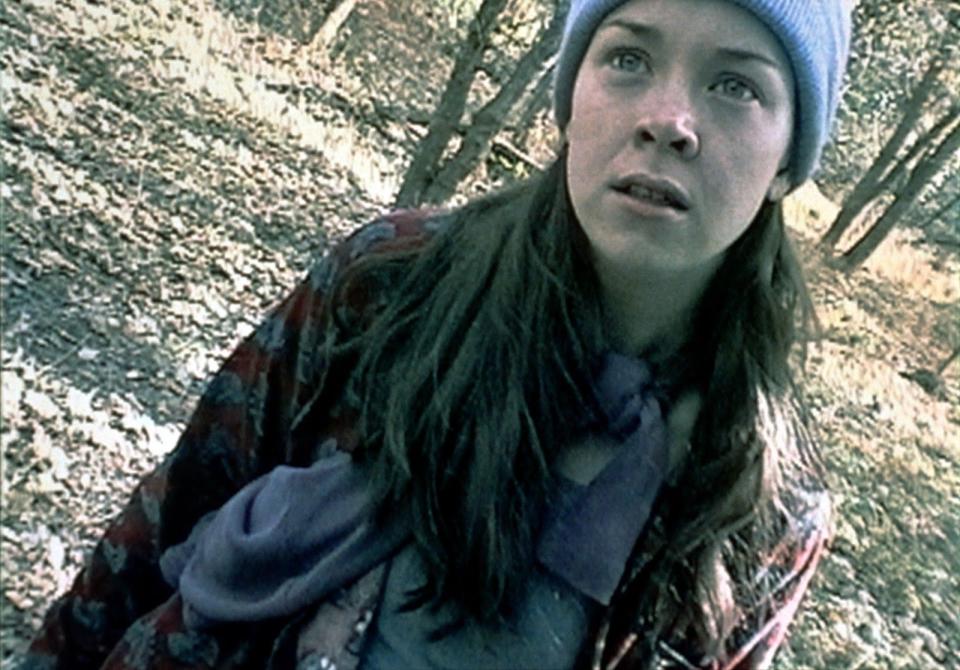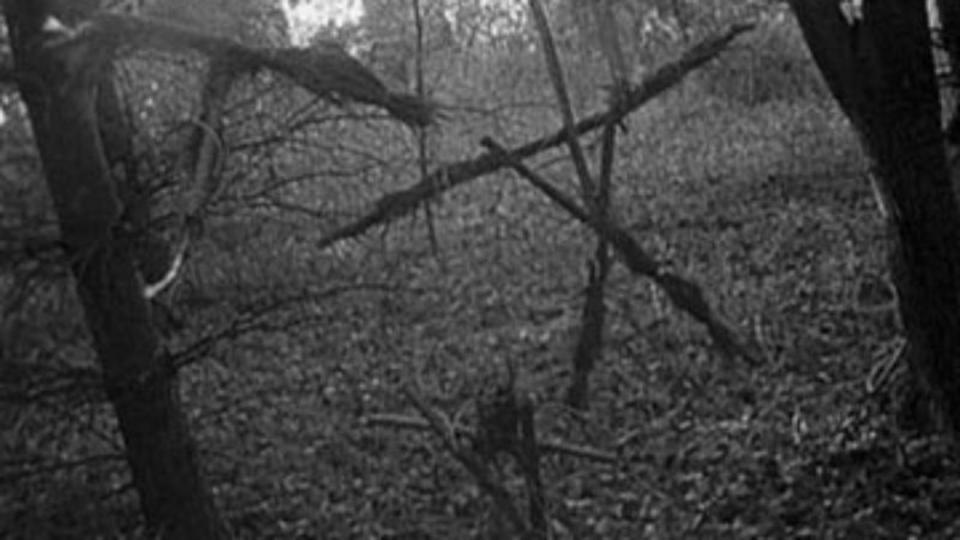Classic Film Review: The Blair Witch Project Remains a Spooky Time Capsule of Guerrilla Filmmaking
Big things often have small beginnings, or so the saying goes. Such is the case with The Blair Witch Project, a little independent film that wasn’t intended for the big screen. When writer-directors Daniel Myrick and Eduardo Sánchez set out to make their film, they combined the traditional horror film with the paranormal documentary after realizing they found the latter to be far scarier.
As they culled their raw footage into a full feature, the best they hoped for was a cable TV release. A surprise Sundance Film Festival screening hit in January 1999 changed everything. Rights were snatched up, and Internet marketing gave the film a level of anticipation unlike anything that’d come before. When the film released into theaters in July 1999, The Blair Witch Project took off in a way that no one was prepared for, ushering in a new genre trend known as found footage horror.
The opening text lays out the basic premise; three film students set out to make a documentary in the woods near Burkittsville, Maryland, only to disappear. A year later, footage of their voyage is discovered, and this film is that very footage. Project leader Heather (Heather Donahue) assembles her small crew that comprises classmate Josh (Joshua Leonard) and newcomer Mike (Michael C. Williams). Once basic introductions are out of the way, the next step is gathering intel on the urban legend of the Blair Witch from the town locals. It’s key to setting up the mythology and preparing viewer imaginations because the next phase involves the trio venturing into the woods the witch reportedly inhabits and promptly getting lost.
Very little happens in the way of any Blair Witch discoveries or confirmation of her existence throughout much of the running time, save for small bits of throwaway dialogue alluding to nighttime cackling or piles or rocks organized in a ritualistic fashion. The bulk of the suspense comes from the mounting tension between the trio as their supplies and hope dwindle. Josh plays the peacekeeper when high-strung Heather and oft-angry Mike continue to bicker, but even he loses his cool when Heather refuses to put the camera down for any circumstance.
[youtube https://www.youtube.com/watch?v=nLKymV5rwAU?version=3&rel=1&fs=1&autohide=2&showsearch=0&showinfo=1&iv_load_policy=1&wmode=transparent&w=806&h=454]
It’s this recurring plot device that provides the biggest rule in the wave of found footage films that hurried after The Blair Witch Project in an attempt to capture that same success; never stop rolling no matter how implausible things get. On a shoestring budget with no room for special effects, it’s up to the small cast to relay the raw terror and frustration of being lost in the woods for days while the very thing they’re seeking may actually find them first. In a small film where nothing really happens for much of its runtime, the core actors didn’t get nearly as much credit as they deserved for being so believable that audiences genuinely thought what they were seeing was real.
Part of that is attributed to the clever viral marketing that sold the movie as real, to be sure, but it’s the performances of Donahue, Leonard, and Williams that keep the audience invested, even as they wait for more signs that the Blair Witch is out there with them. There’s no score to help boost the mood or tone, either. The trio cling to tentative moments of laughter, their fears always on the precipice of shattering the calm. The barely contained fear explodes into rage and infighting, only to bring about the realization that they all need each other for comfort to soothe it over until the next emotional outburst.
[youtube https://www.youtube.com/watch?v=bKy6BtAbTU8?version=3&rel=1&fs=1&autohide=2&showsearch=0&showinfo=1&iv_load_policy=1&wmode=transparent&w=806&h=454]
It’s in one of those exact lulls that one of their own goes missing, sending the remaining members’ anxiety (and ours) into overdrive as the narrative finally starts racing toward its ominous and inevitable conclusion. With it the final rule established in found footage; shock your audiences with an abrupt ending that also dares to dangle all of the answers just outside of the viewer’s reach.
By today’s standards, the pacing of The Blair Witch Project is deemed too slow for modern horror audiences. For much of the runtime, it’s up to the sound design, the actors, and piles of rocks and sticks to hint at the possibility of the paranormal. Yet, in July 1999, this quiet, little independent film jolted audiences and became a massive sleeper hit. Nothing quite like it before had ever hit mainstream theaters.
[youtube https://www.youtube.com/watch?v=ntgrRUML2ic?version=3&rel=1&fs=1&autohide=2&showsearch=0&showinfo=1&iv_load_policy=1&wmode=transparent&w=806&h=454]
Two directors went into the woods with a trio of unknown actors and shot hours of raw footage to cobble into an experimental documentary-style horror film. They did it on the cheap, outside of the normal Hollywood machine. Bolstered by a viral marketing campaign on the Internet, also a pioneering move, The Blair Witch Project came out of nowhere and blindsided the world. It became an international phenomenon that laid out the ground rules of future found footage horror films.
The Blair Witch Project isn’t technically the first found footage film, but its success made the film the blueprint for the ensuring craze that waxed and waned in the two decades since its release. In the 20 years since it first took the box office by storm, many have tried to recapture that same lightning in a bottle. Both by copycatting or by reinvention. Whether The Blair Witch Project gets under your skin with its subtle spookiness or annoys with its deliberate pacing and shaky camera movement, it is a fantastic time capsule into 1999 guerrilla filmmaking.
Trailer:
[youtube https://www.youtube.com/watch?v=a_Hw4bAUj8A?version=3&rel=1&fs=1&autohide=2&showsearch=0&showinfo=1&iv_load_policy=1&wmode=transparent&w=806&h=454]
Classic Film Review: The Blair Witch Project Remains a Spooky Time Capsule of Guerrilla Filmmaking
Matt Melis


